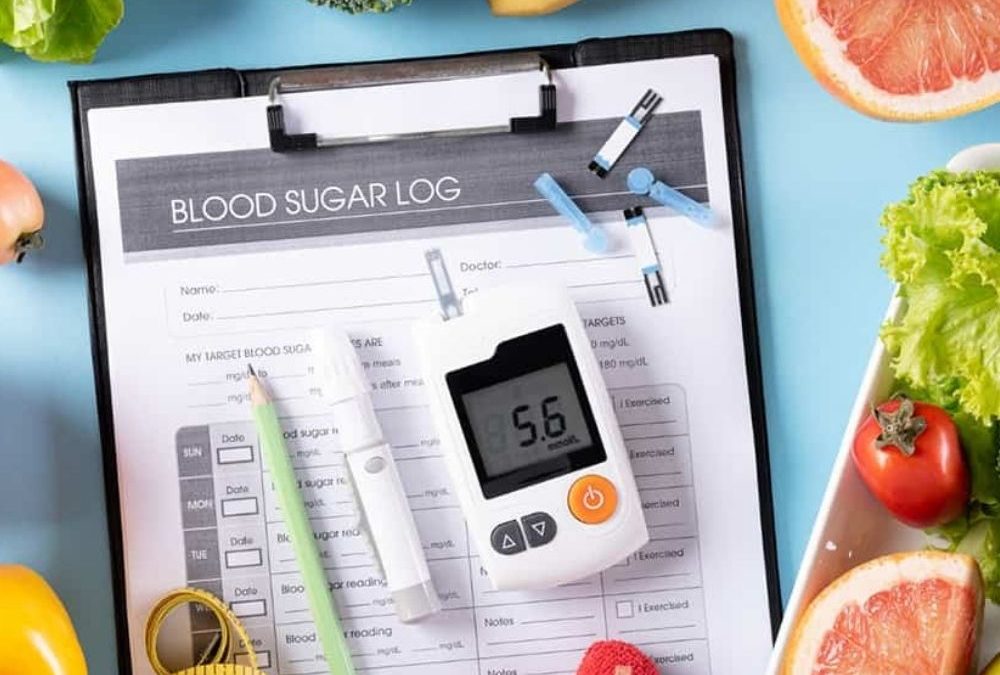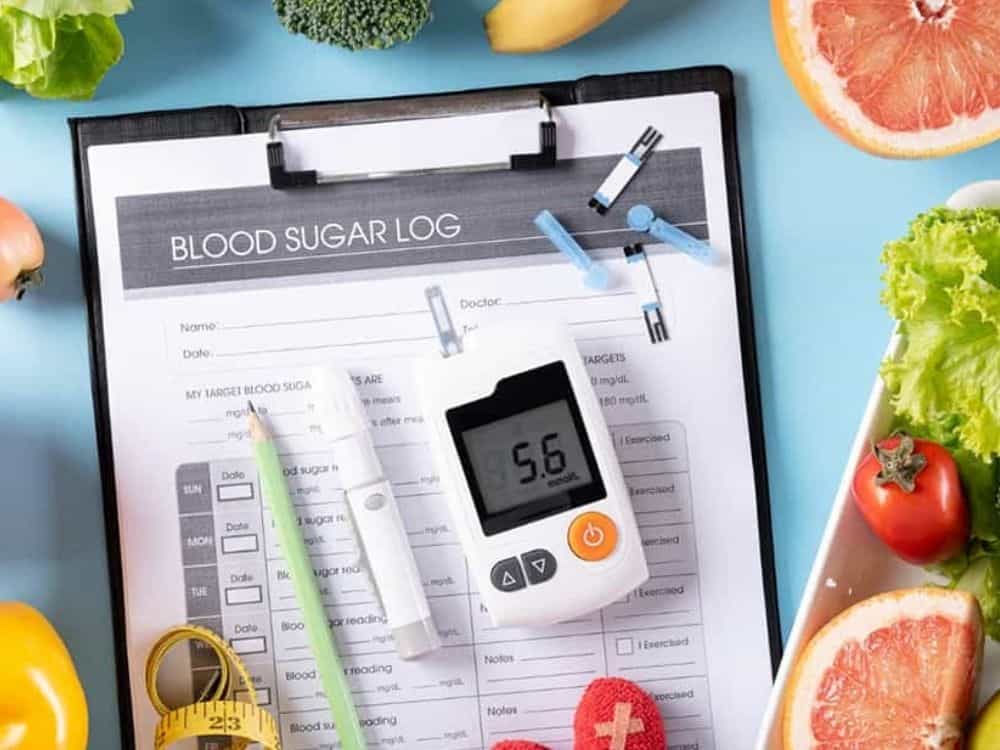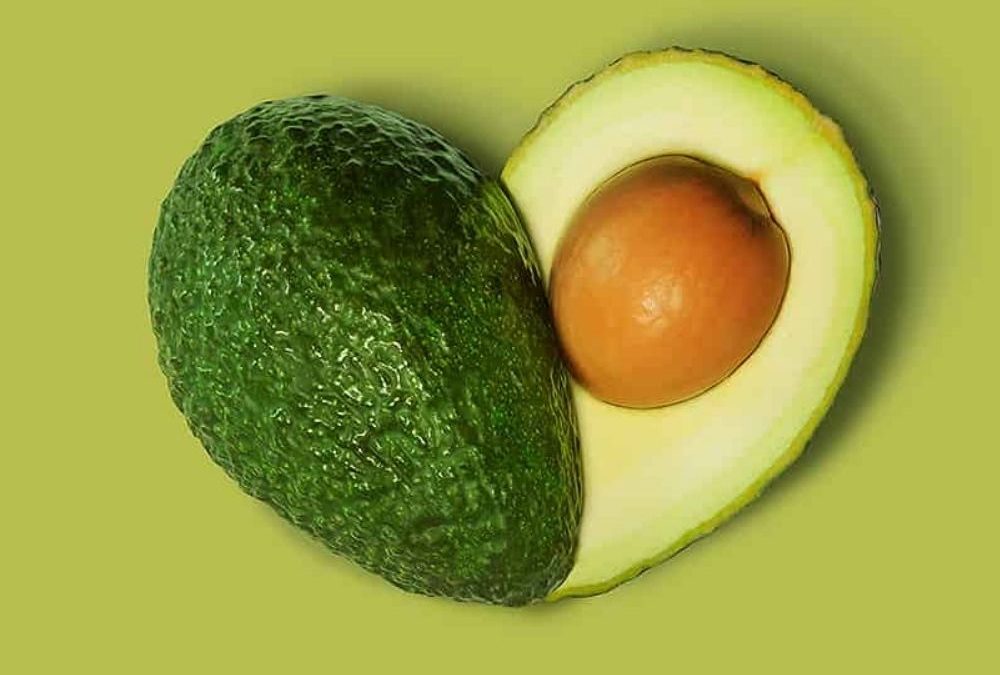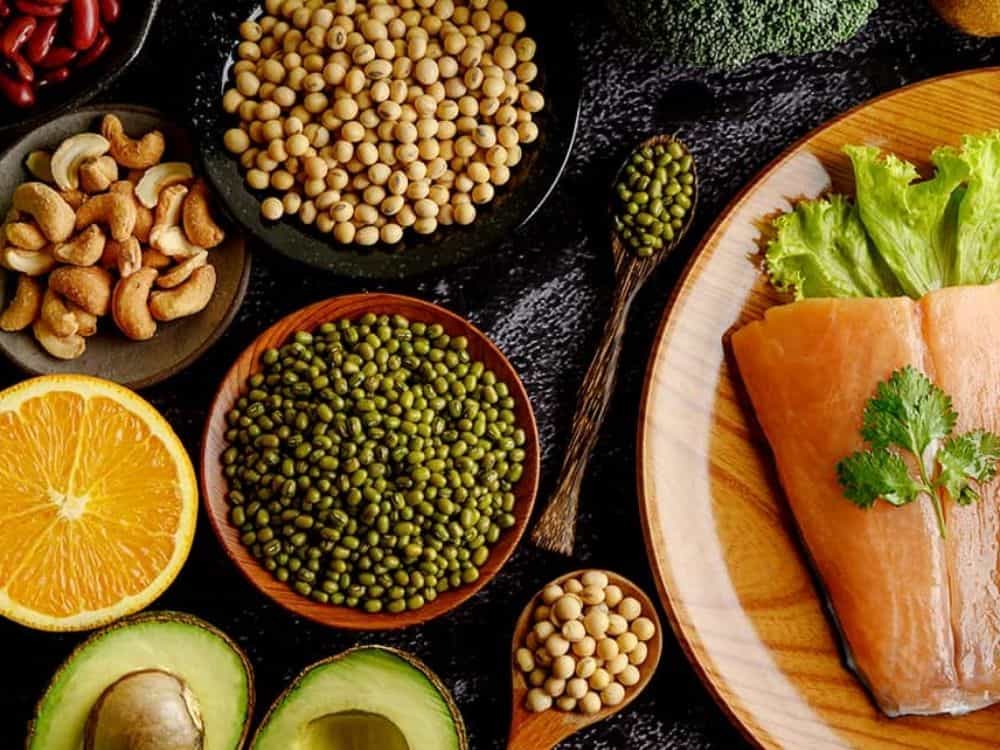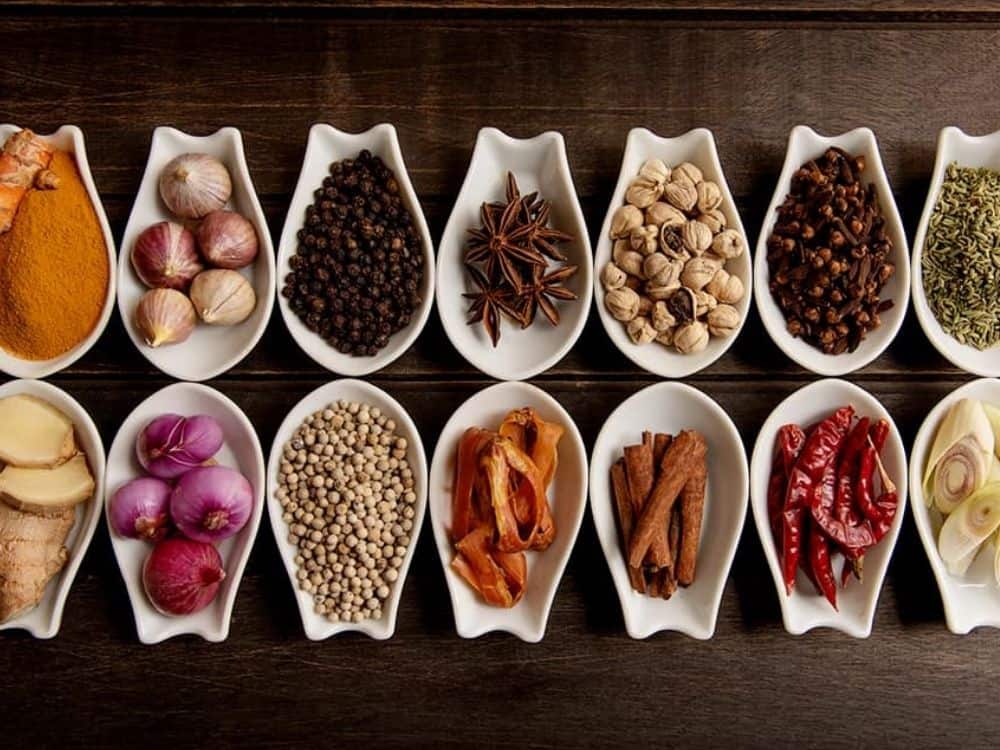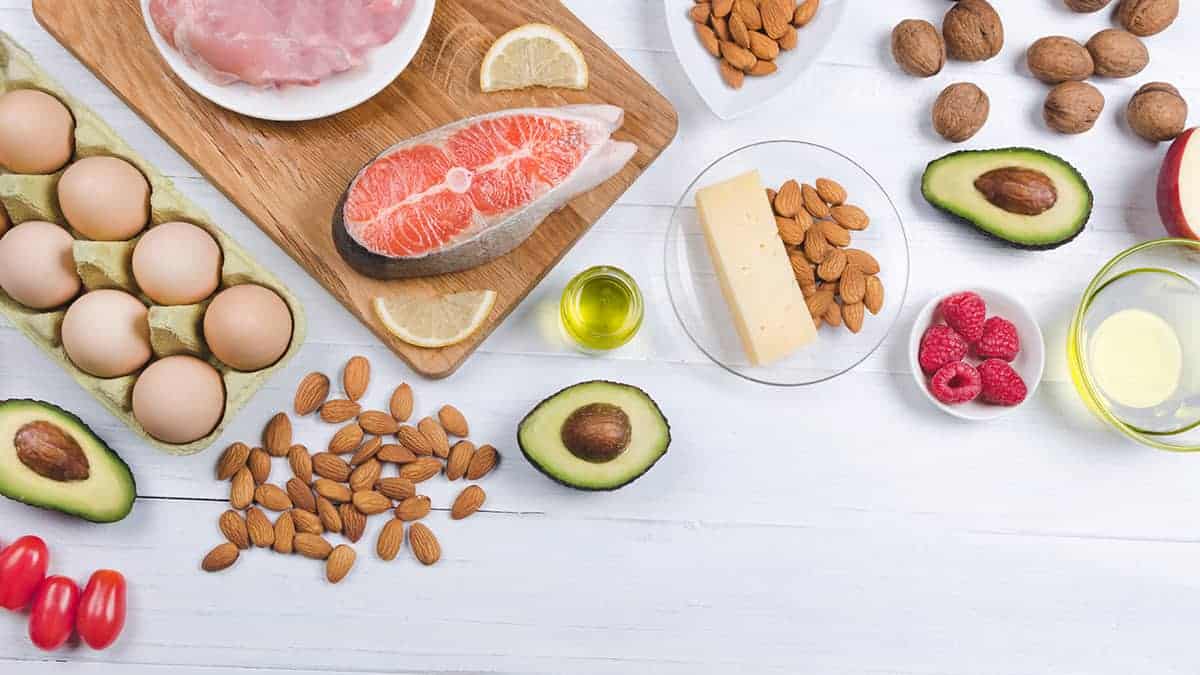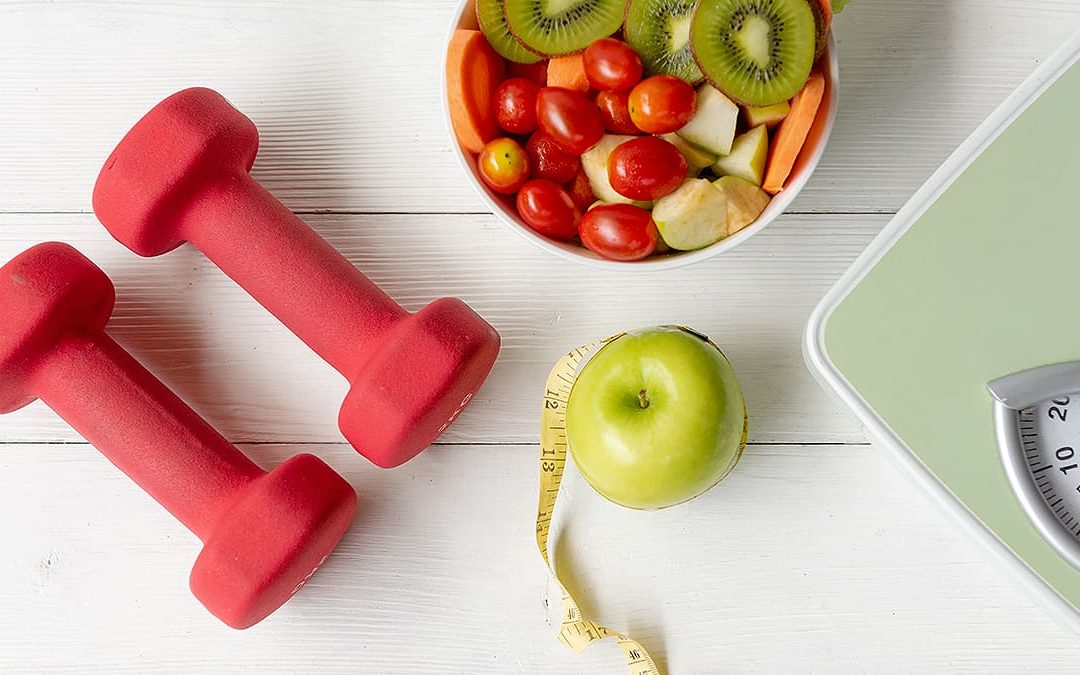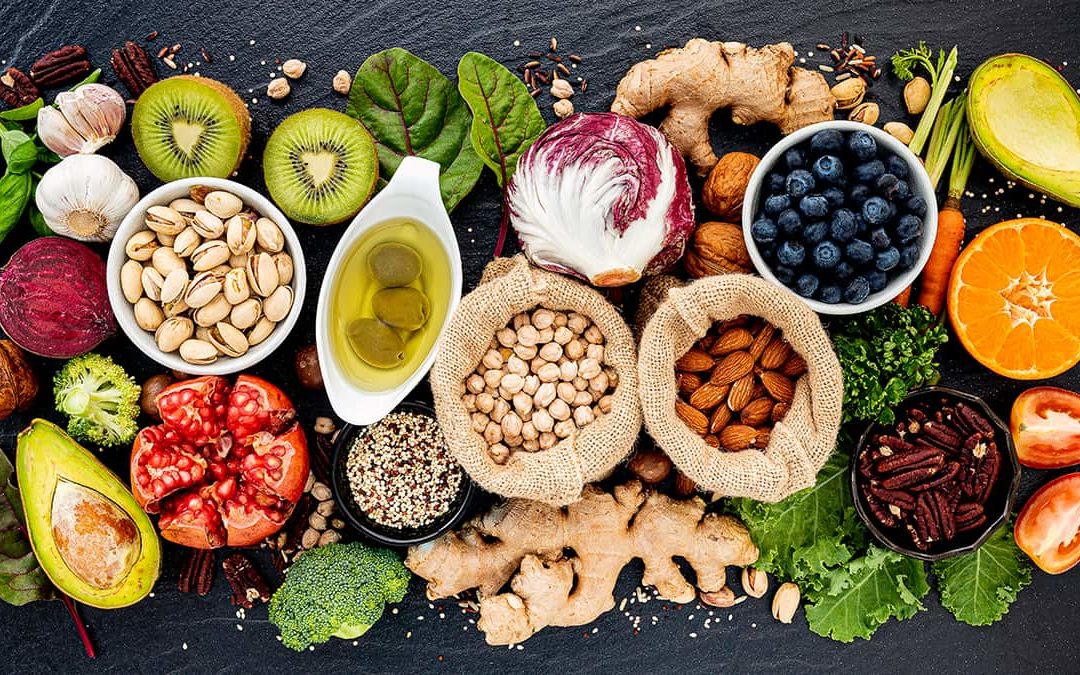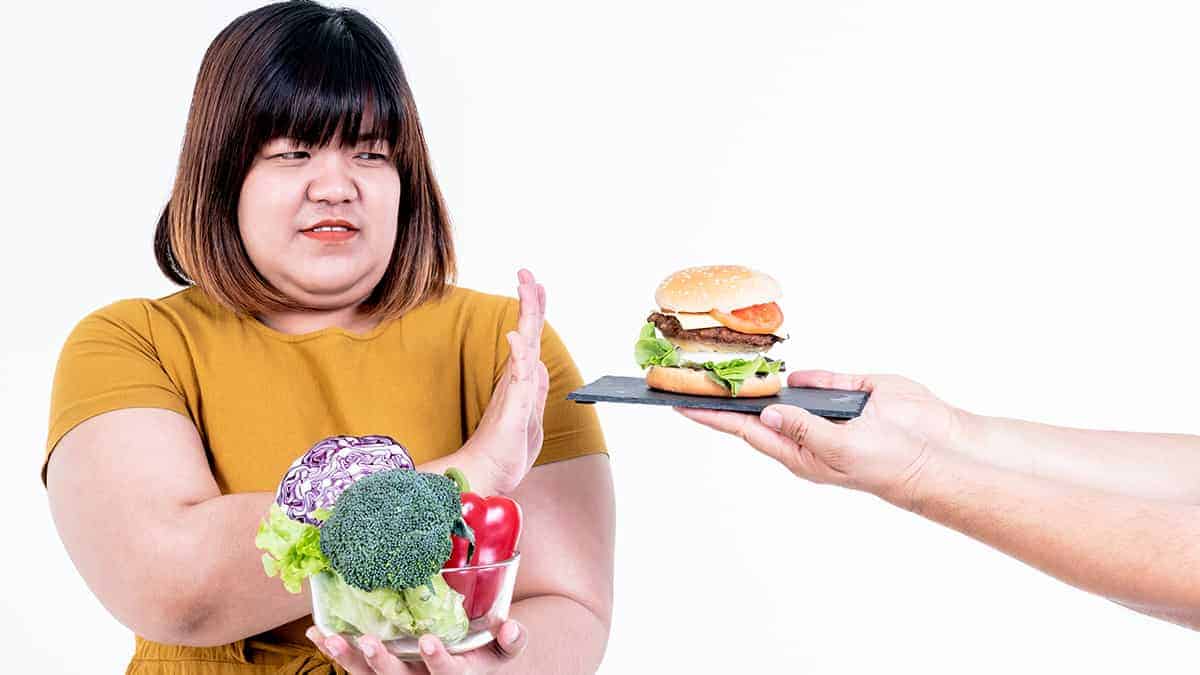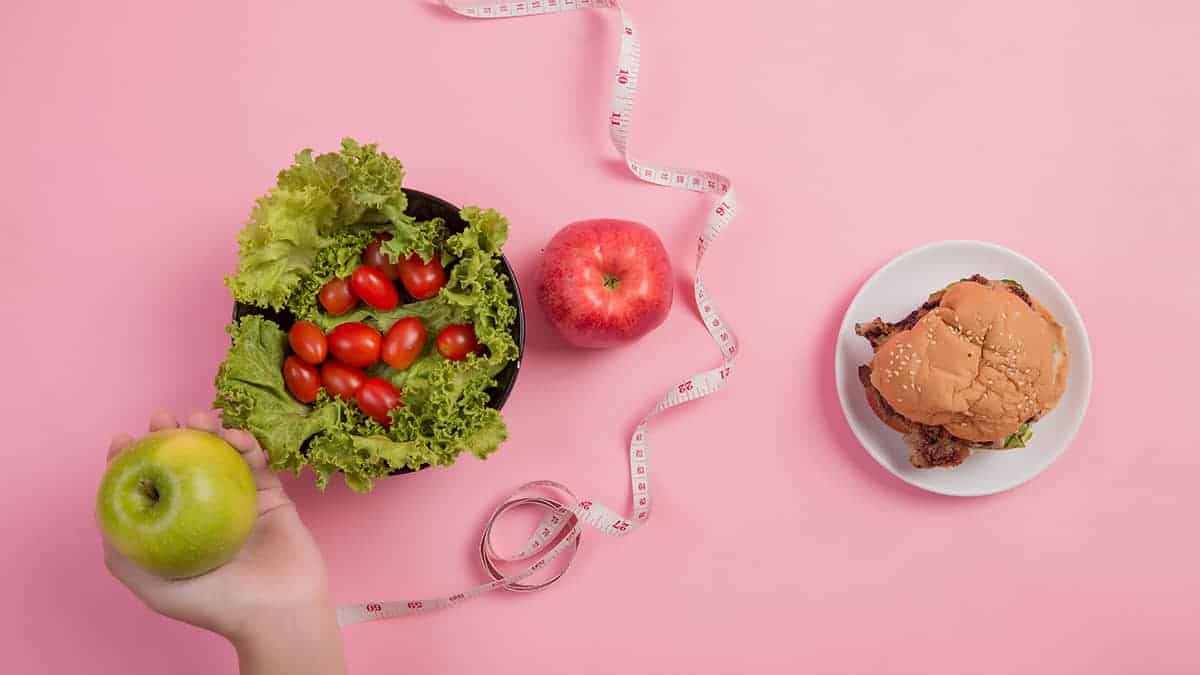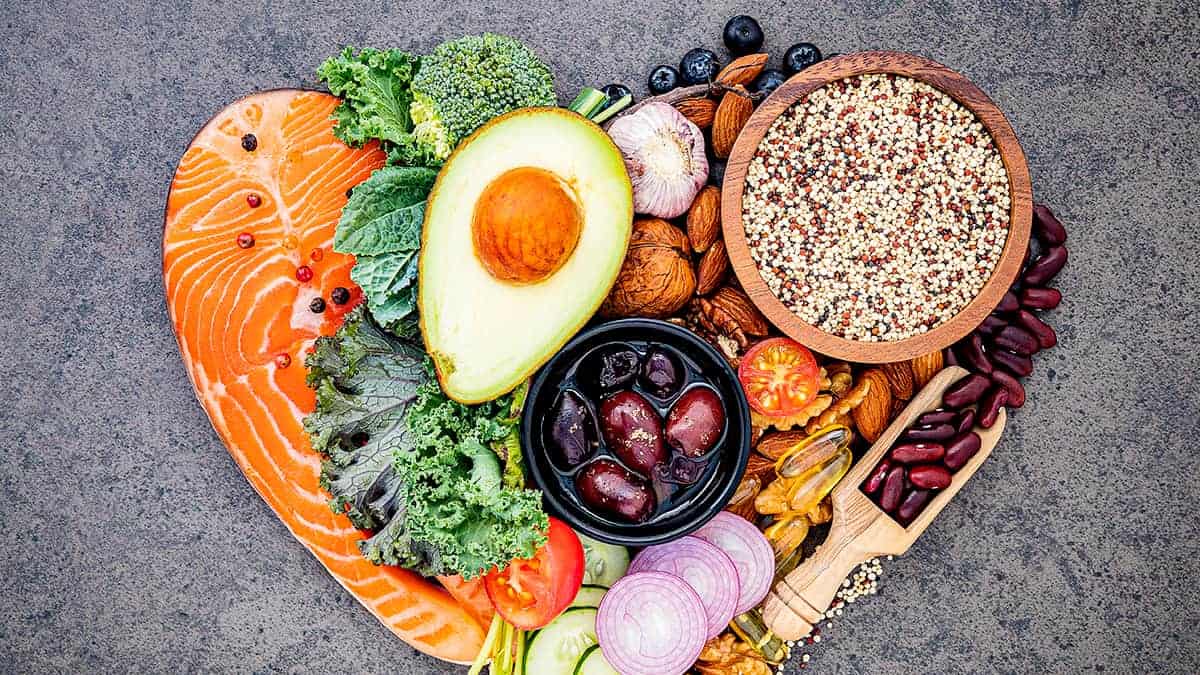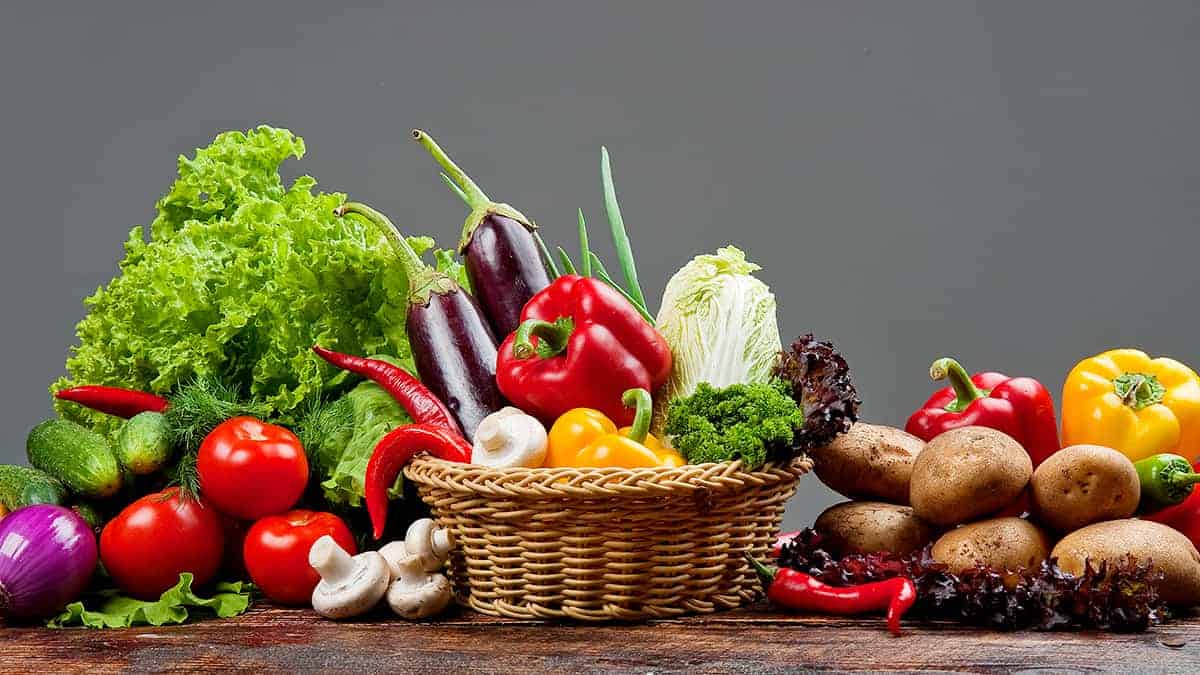
Superfoods Part 5: Ten Essential Superfoods for Radiant Skin

This is the fifth article in my series on superfoods, with this one focussing on superfoods for healthy skin. I encourage you to visit the “Nutrition” section of Ask the Doctor for my other articles on superfoods.
You are what you eat. The foods that make up your diet can either supply your body with nutrients that help it work its best, or cause problems like damage and inflammation. You can help your skin become healthy, hydrated, and glowing by eating a lot of vitamin and antioxidant-packed superfoods.
Giving Your Skin Proper Building Blocks for Health
Why are certain foods better for your skin than others? While we may think of our skin as a single layer, it actually has seven layers and many different parts. In addition the skin is the largest organ in the body and is part of the integumentary system that also includes hair and nails.
Skin cells make up the outermost skin layer, called the epidermis. This layer protects the body, but is also most likely to be damaged by things like UV light from the sun.
Below the epidermis lies the dermis. This layer contains several things important for skin health, such as:
- Sweat pores, which get rid of waste
- Collagen and other proteins that give the skin structure and keep it firm but elastic
- Immune cells, which fight off germs
- Blood vessels that deliver nutrients and oxygen to the rest of the skin
Eating a balanced diet can help keep each of these components working properly.
1. Flax Seeds
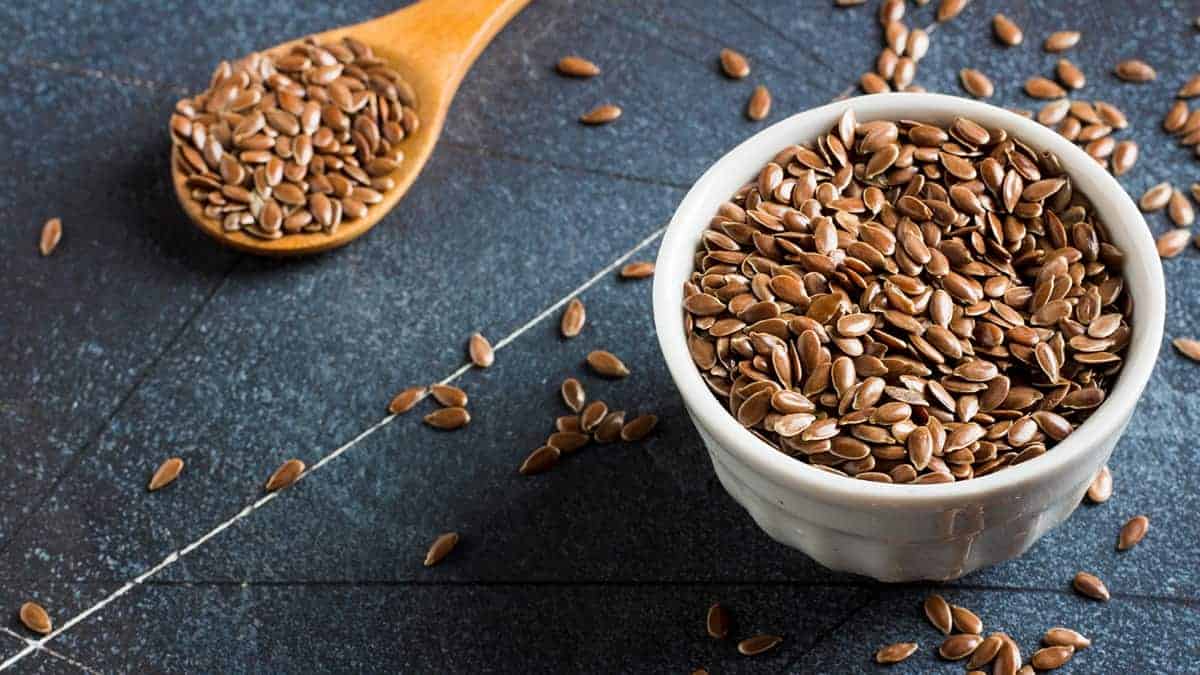
Flax seeds are small brown or yellow seeds that are packed with nutrients. They are high in omega-3 fatty acids, which have many health benefits throughout the body. Research has found that omega-3 molecules can help the skin by:
- Maintaining the skin’s protective barrier
- Protecting against UV damage
- Helping skin cells grow and develop
- Preventing and treating skin inflammation linked to diseases like acne and psoriasis
- Possibly helping prevent non-melanoma skin cancer (although this has not been well-studied in clinical trials)
In one study, people who ate more omega-3’s tended to have less skin aging associated with light damage. Other experiments have also found that omega-3’s can decrease skin irritation and redness and improve skin hydration and smoothness. Omega-3’s have other health benefits as well, such as boosted heart, brain, and eye health.
If you want to add flax seeds to your diet, try adding them to your breakfast by spooning a tablespoon on top of oatmeal or cereal. You can also add this superfood to yogurt or a smoothie, or bake them into breads, muffins, or even cookies! I often tell my patients to try them on salads as a crunchy topping as well. It is better to eat ground rather than whole flaxseeds, because your body can more easily digest and absorb nutrients from the ground form. Buy them pre-ground, or chop up whole seeds in a coffee grinder. You can also find omega-3s in seafood, plant oils such as canola oil, and in other nuts and seeds.
2. Salmon

Salmon contains a lot of coenzyme Q10 (CoQ10). This molecule is a damage-fighting antioxidant. The human body can produce its own CoQ10, but levels tend to decrease with age, stress, and certain diseases. Therefore, eating food-based sources of CoQ10 may help keep us healthy as we get older. This enzyme can lead to healthier skin by protecting against damage and helping skin cells make more energy. In one study, people who took a CoQ10 supplement for 12 weeks had more elastic, smooth skin and fewer wrinkles.
Salmon is also full of selenium, a mineral that neutralizes damage-causing free radicals. It can help skin cells heal DNA damage and leads to less damage following exposure to UV light. The combination of CoQ10 with selenium may protect against many signs of aging, leading to more vitality and health, a better quality of life, and improved physical activity.
As if all of this weren’t enough, salmon has still more skin-boosting compounds. This superfood has a lot of vitamin D, which may help protect against some skin diseases. It’s a , which promote skin health and wound healing. Another antioxidant, astaxanthin, can increase the amount of collagen in the skin, leading to fewer wrinkles and rough spots and better elasticity.
3. Yogurt
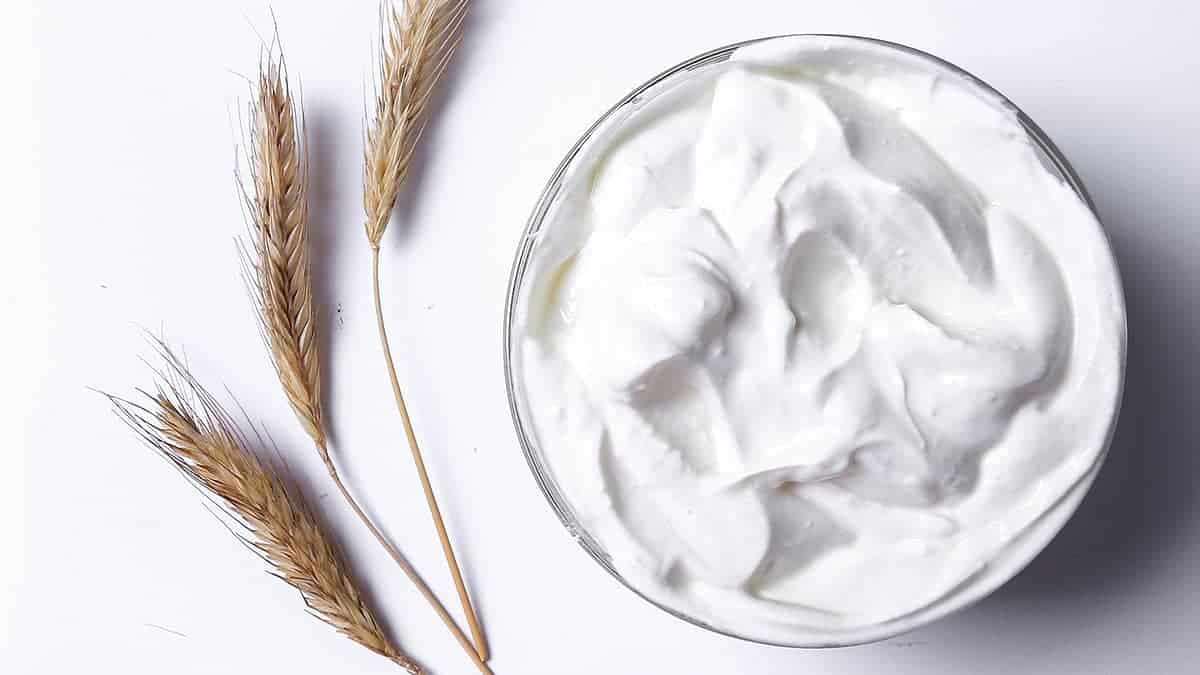
As we’ve discussed before, yogurt is a great source of probiotics, or the “good” bacteria that inhabit the gut and help your body work better. When it comes to your skin, eating these healthy microbes can balance your skin’s pH and improve its ability to act as a protective barrier. By calming inflammation and reducing stress, probiotics can also help fight acne. It may also help with skin conditions such as rosacea and dermatitis.
Yogurt also contains other nutrients that support skin health, like vitamin A, vitamin D, and B vitamins. For better results, avoid flavored yogurts, which tend to contain high levels of inflammation-promoting sugar. On the other hand, if you’re not a yogurt fan or have dietary restrictions to eating yogurt but still want a probiotic boost, look to other cultured or fermented foods such as miso, komboucha, sauerkraut, or kimchi. You can also consider probiotic supplements.
4. Oranges
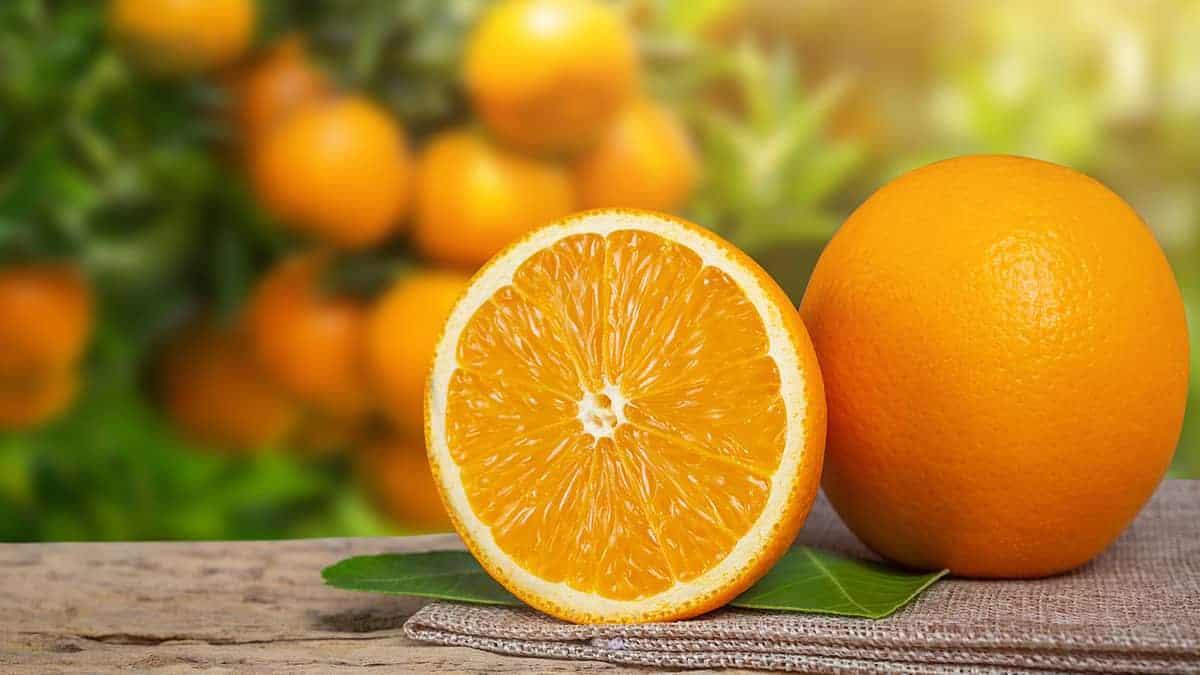
Vitamin C is found at high levels in oranges and orange juice. Be careful when going the juice route, however – many fruit juices contain high levels of sugar, which isn’t good for the skin. Other citrus fruits like grapefruits also have a lot of vitamin C, as do kiwis, bell peppers, strawberries, and broccoli.
5. Tomatoes
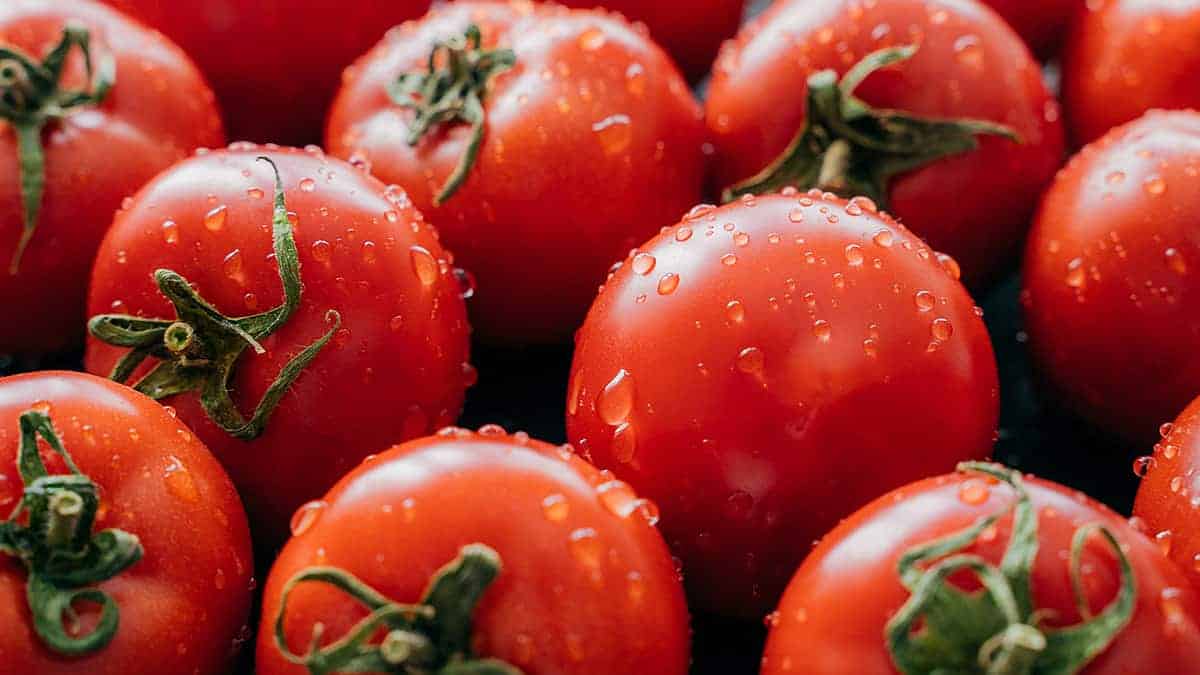
Did you know that a food’s color can sometimes tell you what nutrients it contains? Many red, orange, and yellow fruits and vegetables get their color from carotenoids. These molecules are very important for heart and eye health, and also help the skin.
Tomatoes contain high levels of one important carotenoid called lycopene. Scientists have found that when people eat more lycopene, their skin is smoother and appears more youthful. Eating lycopene or tomato-based products can even help people get less sunburned. It’s also possible that lycopene may also help prevent skin cancer.
The body can more easily absorb lycopene when tomatoes are cooked, especially when they’re cooked in olive oil. Try eating roasted tomatoes as a side, or make a sauce to serve over whole-wheat pasta. Tomatoes can also give you a good helping of vitamins A and C.
6. Sweet Potatoes
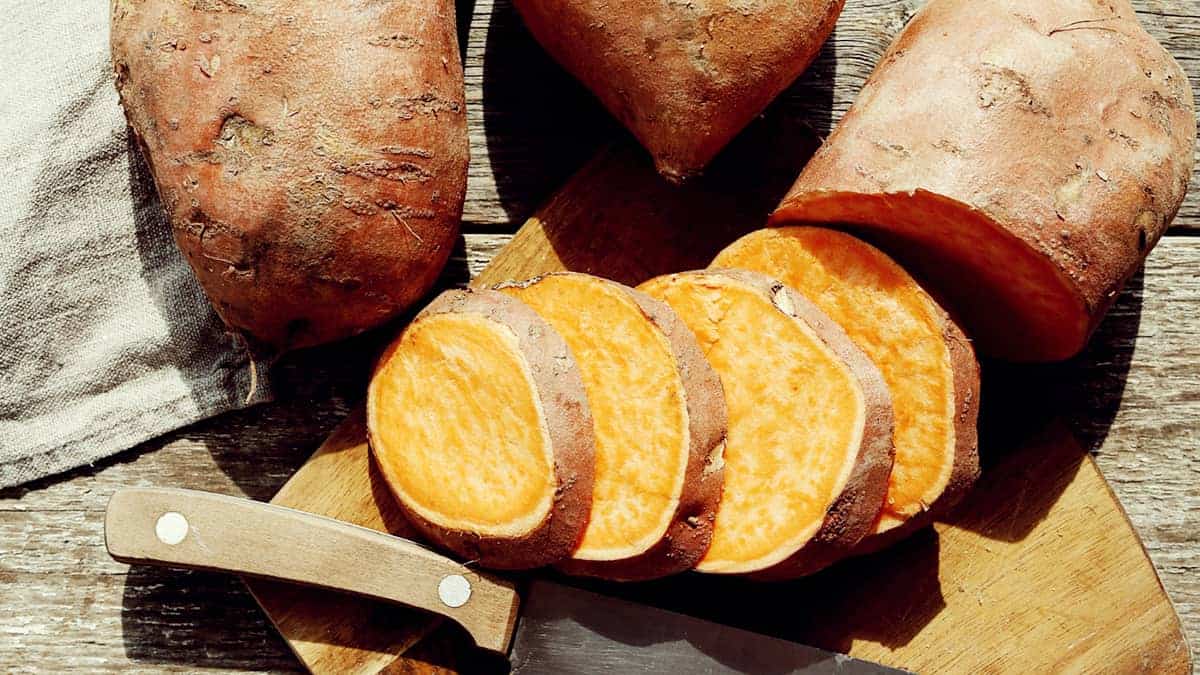
Getting high doses of beta-carotene may actually lead to increased damage, so it may be better to get this nutrient from foods rather than from supplements. In addition to sweet potatoes, you can get beta-carotene from superfoods like carrots, squash, and leafy greens like kale.
7. Avocadoes
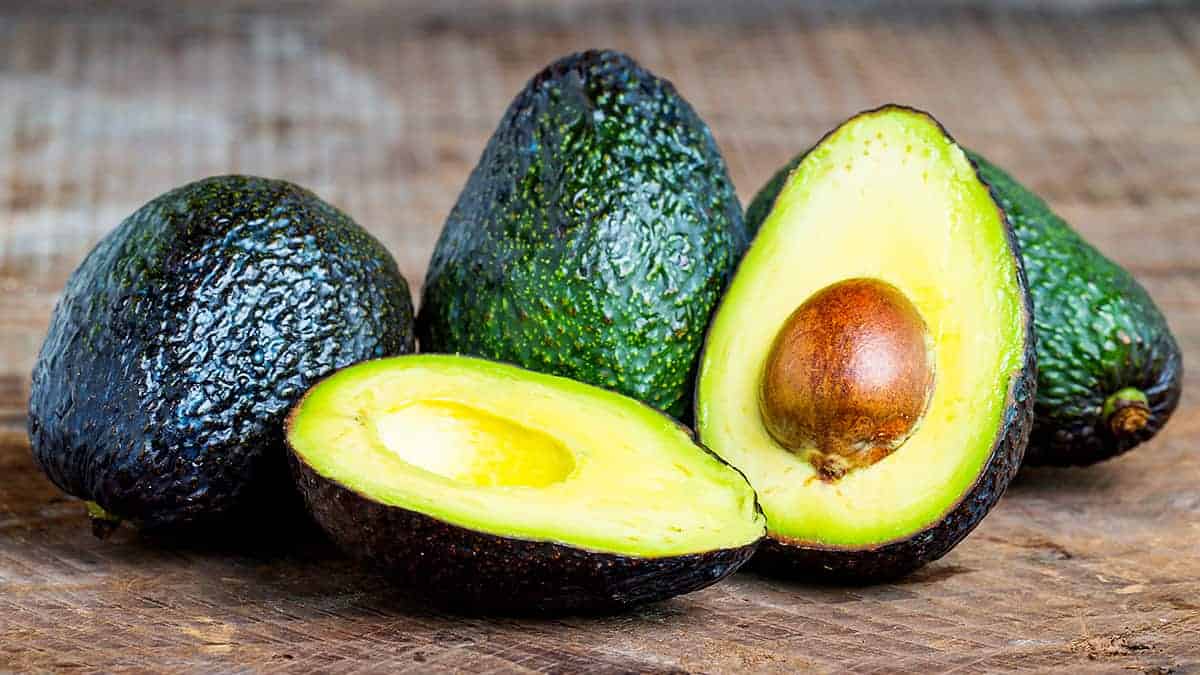
Some fats are healthier than others. Avocadoes contain a lot of monounsaturated fats, which are the building blocks of many different types of cells, including your skin cells. These monounsaturated fats improve the elastic quality of skin and can lead to fewer wrinkles when eaten more frequently.
The carotenoid zeaxanthin can also be found in avocadoes. It protects the skin from damage-causing light. Clinical trials have also shown that eating zeaxanthin as a supplement can lead to fewer facial lines and wrinkles.
Avocadoes are also high in lutein, yet another type of carotenoid. Lutein can help prevent eye disease and improve memory and thinking ability. It can filter out damage-causing ultraviolet light, protecting the skin. When carotenoids are eaten at the same meal as healthy fats, they work even better because the body can absorb them more easily. Avocadoes provide the perfect combination of these fats and carotenoids.
8. Broccoli
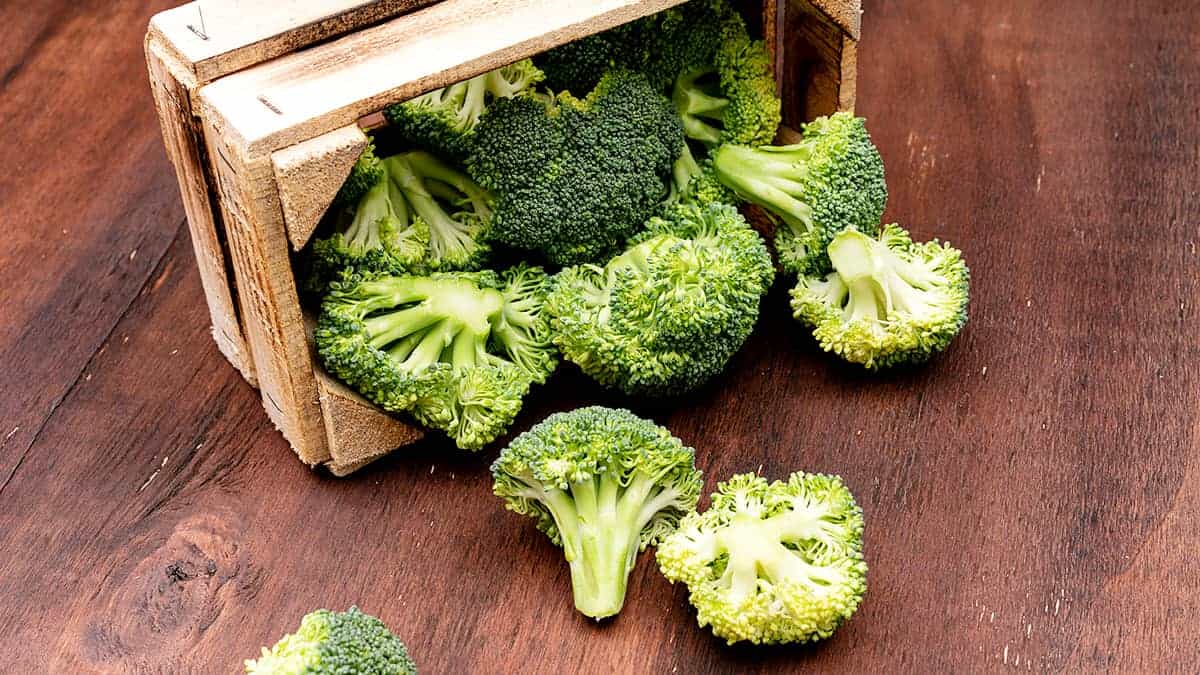
Broccoli is loaded with nutrients. Eating this superfood will provide your skin with vitamins A and C, as well as multiple carotenoids like lutein and beta-carotene.
Eating your broccoli is also a good way to get vitamin K. This nutrient plays a big role in blood clotting, and can help the skin repair wounds and bruises.
Broccoli contains the mineral zinc. Because the body can’t store zinc, we need to make sure we’re getting it regularly through our diets. Zinc helps the skin by:
- Allowing skin cells to divide to produce new cells
- Strengthening the immune system
- Healing cells from damage
- Smoothing the skin
- Helping heal wounds
Finally, broccoli has sulforaphane, a molecule also found in other cruciferous vegetables like cabbage and bok choy. Research into sulforaphane is in the early stages, but some experts believe that it can protect the skin from sun damage and keep the skin looking more youthful. Some studies also show that sulforaphane can help protect against several different kinds of cancer, including skin cancer.
9. Green Tea
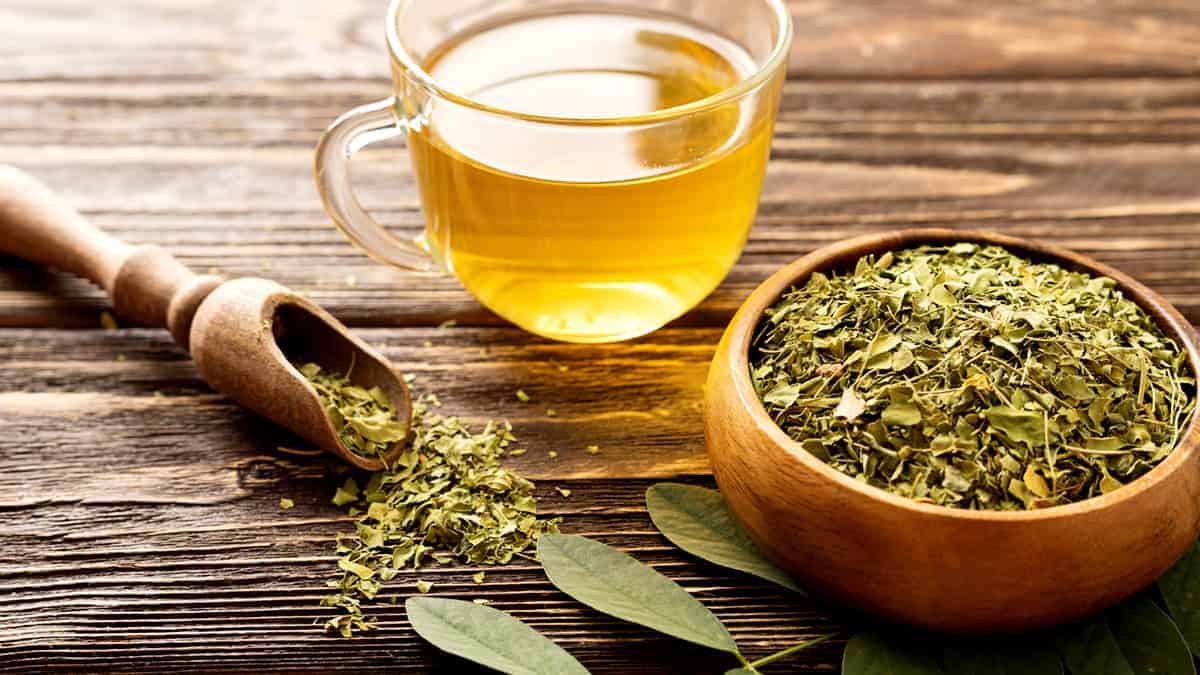
In one study of 60 women, those who drank green tea had less redness after being exposed to UV light. These women also had better blood flow in the skin, meaning that their skin cells could get more oxygen, and had smoother, better hydrated skin. In mouse studies, green tea polyphenols can also help prevent skin cancer, although this effect hasn’t yet been well studied in humans.
You can also find some of these polyphenols in dark chocolate and red wine. However, eating too much sugar or drinking too much alcohol can also have negative effects on the skin, so these may not be the best sources for getting skin-boosting polyphenols on a regular basis. Replacing a cup of coffee or bottle of soda with green tea can help give your skin a healthy boost.
10. Turmeric

Turmeric is a spice that is a part of the ginger family. It is traditionally used in Indian, Southeast Asian, and Middle Eastern cuisines in curries and rice dishes. Turmeric contains the molecule curcumin, which has been studied in recent years for a large variety of health benefits.
Curcumin can turn on antioxidants within skin cells, helping them better respond to stress and damage. This helps cells resist stress and stay healthy. This molecule also helps cells build up new collagen, which is important for both wound healing and for keeping the skin firm and wrinkle-free. Finally, early research has found that curcumin can help reduce the symptoms of certain skin disorders, such as psoriasis and dermatitis.
Turmeric also contains another useful compound called silymarin. The milk thistle plant is the primary source of silymarin, but the molecule is also found in some other vegetables and spices. Silymarin plays a protective role in the skin and also helps prevent collagen from breaking down. The combination of silymarin and curcumin also helped block cancerous cells in laboratory experiments, but this has not yet been tested in humans.
Try adding turmeric to rice, quinoa, soups, stews, or curries. You can also blend turmeric into a smoothie or whisk into eggs for a superfoods breakfast.
Conclusion
Start early! If you’re younger, eating a healthy diet can help your skin continue to look radiant and healthy for the long term. If some signs of aging have already begun to appear on your face, there are still things you can do to slow or even reverse damage. Eating a variety of nutrient-packed superfoods on a regular basis can help build up the health of skin cells and the underlying dermal layer, and keep your skin looking and functioning at its best.
If you would like to discuss your skin, or treatments that we offer, such as microneedling with Skin Pen, please contact our office to make an appointment.

